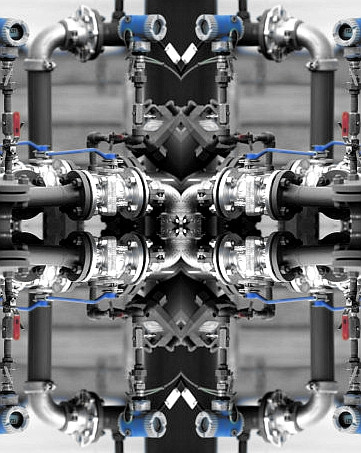Carbon counted in NT gas
 Santos's new offshore LNG field could produce more carbon dioxide than LNG.
Santos's new offshore LNG field could produce more carbon dioxide than LNG.
Santos is planning to provide the Darwin LNG plant with gas from a new $4.7 billion prospect known as Barossa, located about 300km north of Darwin in the Timor Sea.
However, the field contains a higher percentage of carbon dioxide than any other gas project in Australia.
Santos has proposed a massive carbon capture and storage (CCS) scheme to try to combat this, which would see the CO2 produced from Barossa piped into Darwin. From there, it will be sent to the expired Bayu-Undan gas field and pumped deep under the sea floor.
But new analysis suggests the plans might not reduce Barossa's CO2 emissions at all. Santos will need to pipe the gas about 800 kilometres from Barossa to Darwin LNG to Bayu-Undan, compressing it on several occasions in a process that itself produces large amounts of CO2.
“The emissions are so high, any effort for CO2 storage [CCS] is negated, even before assuming CO2 storage [CCS] actually works,” says chemical engineer and industrial economist John Robert in a report for the Institute for Energy Economics and Financial Analysis.
“All up, the amount [of CO2] Santos would be sequestering would be more or less cancelled by the increased combustion emissions.”
Santos is yet to make a final investment decision on the project.
The Bayu-Undan CCS proposal will be assessed by two different bodies. The pipeline into Darwin will be reviewed by the NT Environment Protection Authority, and the federal offshore regulator NOPSEMA will look over the rest of the project.
Environmentalists are concerned that by not examining the scheme as a whole, its overall impacts may not be properly assessed.








 Print
Print